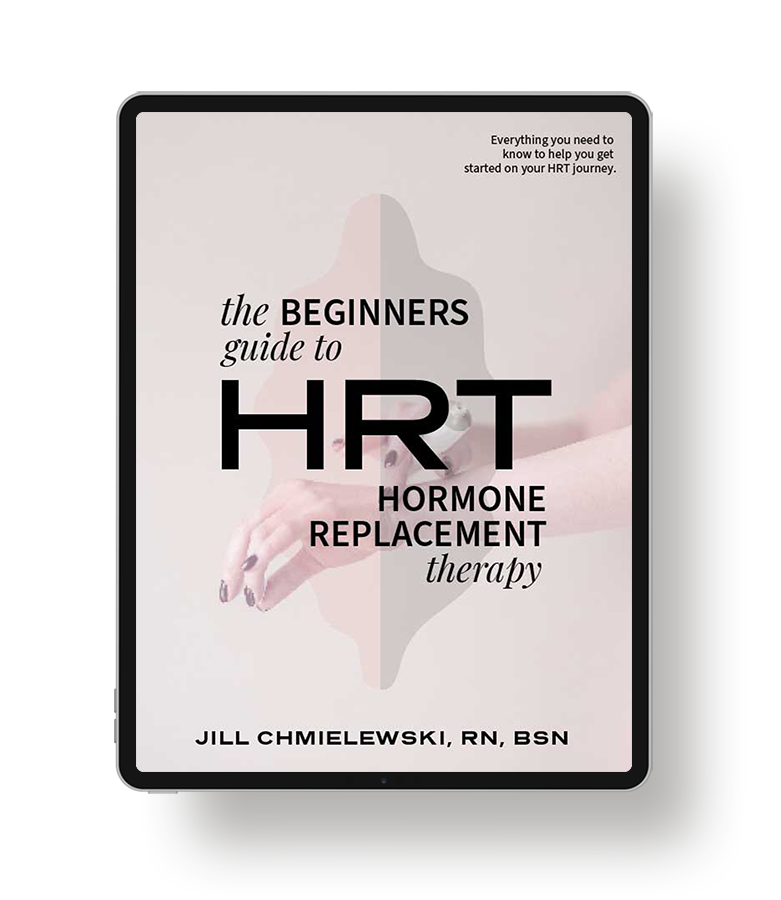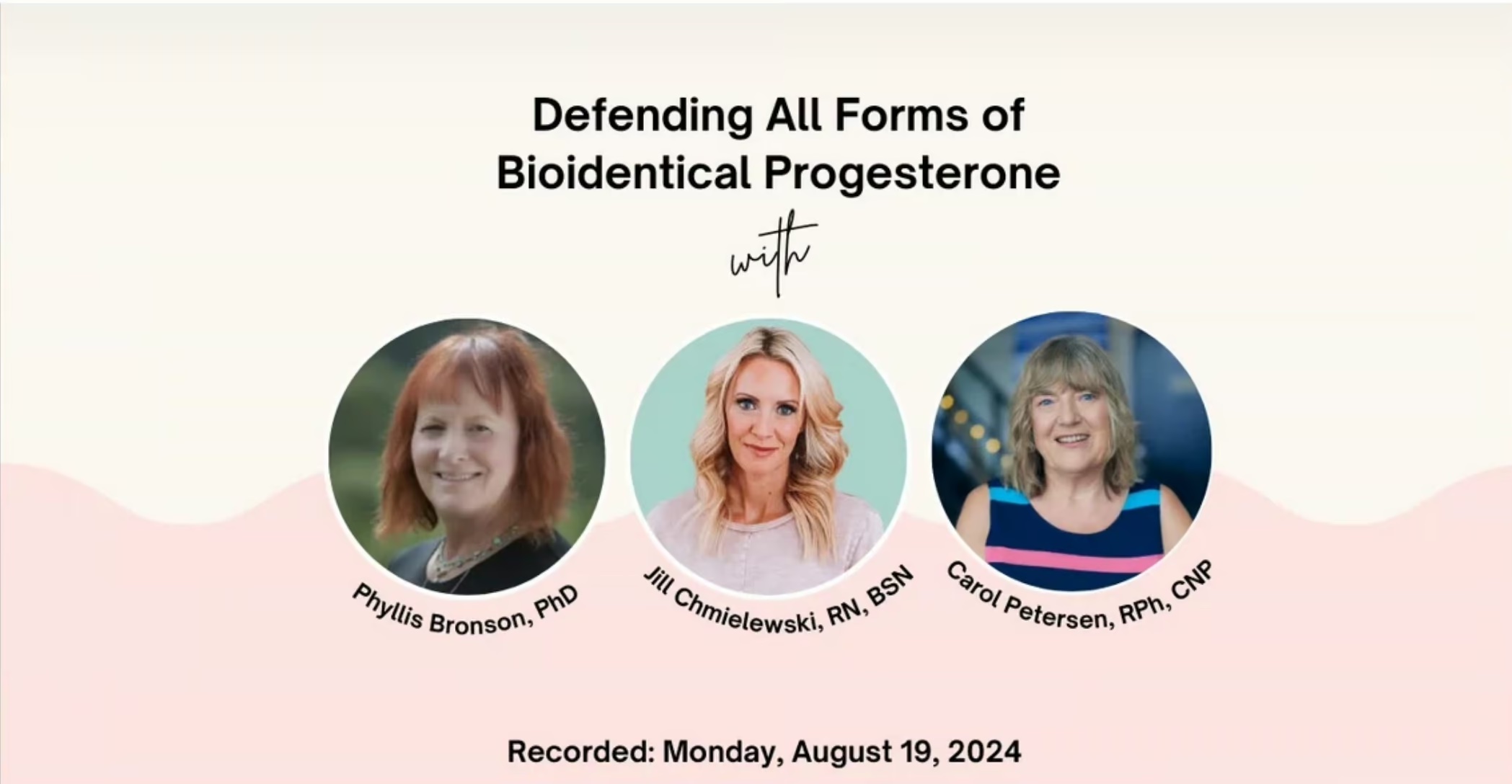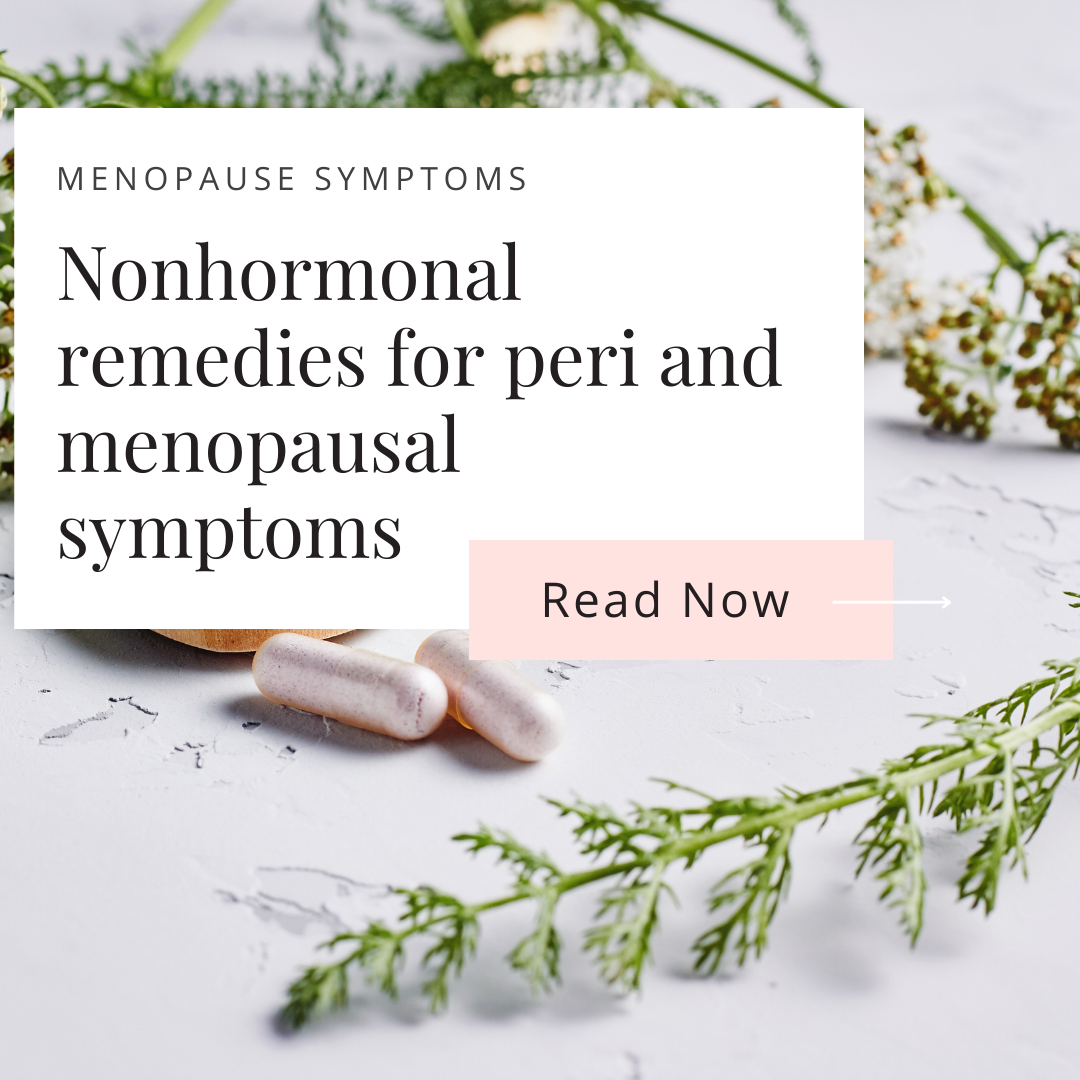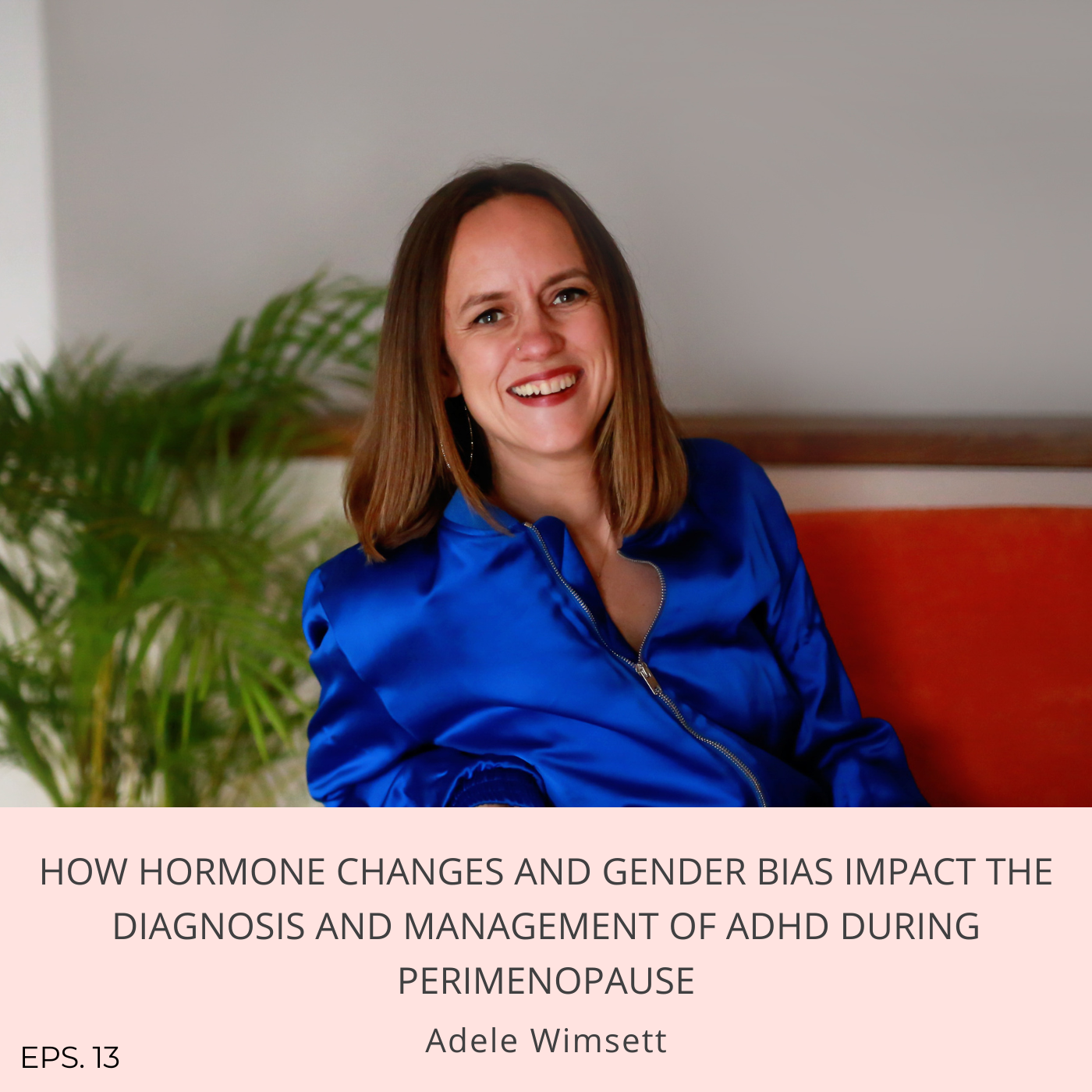Navigating the world of health & wellness can be overwhelming these days. It seems that you can’t go to a blog article or pick up a magazine these days without learning about one more thing that can go wrong in the human body.
There are thousands of disease diagnoses in the conventional medical world, so it’s no wonder that most us feel like we are destined to be diagnosed with a disease at some point in our lives.

But the truth is, we are not destined for disease.
In functional medicine, we follow the lead of Dr. Jeffrey Bland, the founding father of functional medicine. Rather than labeling a person with a formal disease, we look at the body as one whole, interconnected being. And each biological sign or symptom ~ things like pain, swelling, digestive distress, headaches, joint pain, anxiety and so on, are merely a sign that the body is in a state of “dis-ease.” These signs and symptoms are essentially little biological taps on your shoulder telling you that something is going on in your body that needs your attention.
I’d like to share a simple approach that I use when working with clients as we investigate the root cause of their symptoms.
It’s the Maximize, Minimize, Prioritize approach to optimal health, and it was created by Tracy Harrison, the founder of the School of Applied Functional Medicine.
It’s a simple three-step approach that goes like this:
Step 1: Maximize the things that are needed in your unique body
Step 2: Minimize the things that your body doesn’t need
Step 3: Prioritize an environment for healing
Yup, that’s it. Pretty simple, right? Let’s explore these three simple steps further.
Step 1: Maximize
So here’s the deal: Your body needs specific “raw materials” to function well on a daily basis. Things like vitamins, minerals, oxygen, water, fats, proteins, etc. ~ they are necessary, and without them, your body will not function well. Each one of us is unique with a different set of genes, and different biochemistry, so there isn’t an exact formula when it comes to the number of raw materials needed in an individual. But you can bet that if you are eating a highly processed, fake food kind of diet, you are probably not getting the raw materials that your body needs on a daily basis. Making some #tinyedits to your diet to include good quality, organic, whole food, is a great place to start. Having a good set of functional labs (like this set here) can provide a snapshot into your body’s overall function and can help to identify where there may be some deficiencies in your body.
Step 2: Minimize
This one may seem obvious, but there are a whole lot of things that you are exposed to daily that are having a negative impact on your precious bod. Stress alone has been cited as the root cause for 80% or more of patient visits to their doctor. And toxins are everywhere~ in your food, your water, the environment, your personal care products, and so on. Allergens, infections, limiting beliefs…I could go on and on. Most of us are keenly aware of the not-so-great things that we need to reduce in our lives. But we tend NOT TO take action because we do not prioritize our health. Which leads me to step 3….
Step 3: Prioritize
In an era where busyness is valued, and increased productivity is revered, we are unfortunately not a society that prioritizes ourself or our healing. So, it is up to you to create an environment for optimal health and healing. Carving out time for sleep and play, incorporating movement into your routine, saying “no” to people who ask too much of you, nurturing meaningful relationships, reducing stress and honoring yourself as a woman are paramount to optimal health.
When I begin my work with clients, we go through an exhaustive intake and symptom questionnaire, which helps me to pinpoint the underlying issues that are preventing my client from finding optimal health.
If you are ready to take action on your path to optimal health, then click the button below to download the checklist to get started.
*Note: you’ll also be subscribed to the newsletter list, however you can unsubscribe at any time.





